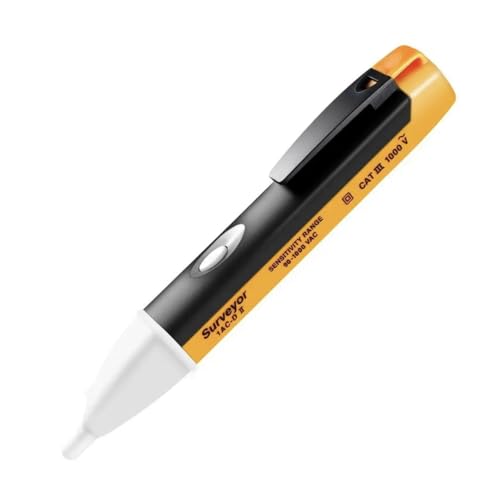pewter
Conspiracy Theorist™
Working in a place today 145 years old, it used to be a bath house, a very large amazing building on the sea front. At some point it got divided into 2, 1 half a hotel the other half flats.
I needed to get a couple of boards up, burnt out some multi tool blades, couldnt get it to lift, when it started to lift the board started to brake up. Something was strange.
With a bit of damage i got the 2 sections i needed up. Took ages, carpet, hard board, crazy floor boards with tin.
The floor boards were around 25mm deep, each board had a groove (saw blade) cut into the the side (in the middle) for the entire length. Beteween each board was a peice of tin around 25mm wide going into the groove of each board. .... . .. if that makes sense.
Why???
No dust had ever fallen through,
was it to hold a filler of sorts so they had a finished wood floor with no big gaps?
(floor guys lay ply under boards to stop filler dropping)
Was it to do with it been a bath house originally?
I was going to take pictures, but i thought dont be so sad. I now wish i had taken pictures.
I needed to get a couple of boards up, burnt out some multi tool blades, couldnt get it to lift, when it started to lift the board started to brake up. Something was strange.
With a bit of damage i got the 2 sections i needed up. Took ages, carpet, hard board, crazy floor boards with tin.
The floor boards were around 25mm deep, each board had a groove (saw blade) cut into the the side (in the middle) for the entire length. Beteween each board was a peice of tin around 25mm wide going into the groove of each board. .... . .. if that makes sense.
Why???
No dust had ever fallen through,
was it to hold a filler of sorts so they had a finished wood floor with no big gaps?
(floor guys lay ply under boards to stop filler dropping)
Was it to do with it been a bath house originally?
I was going to take pictures, but i thought dont be so sad. I now wish i had taken pictures.
































































